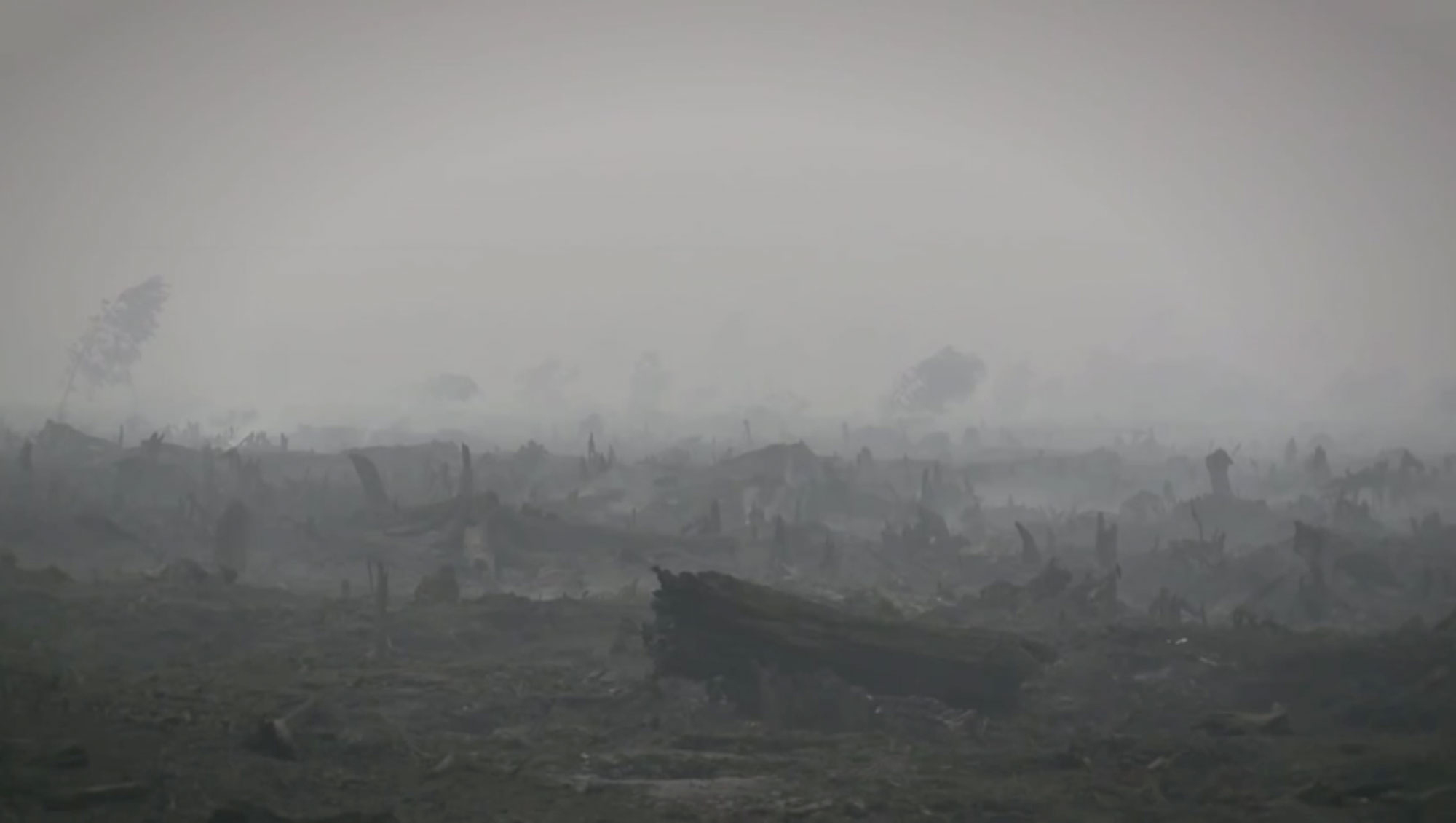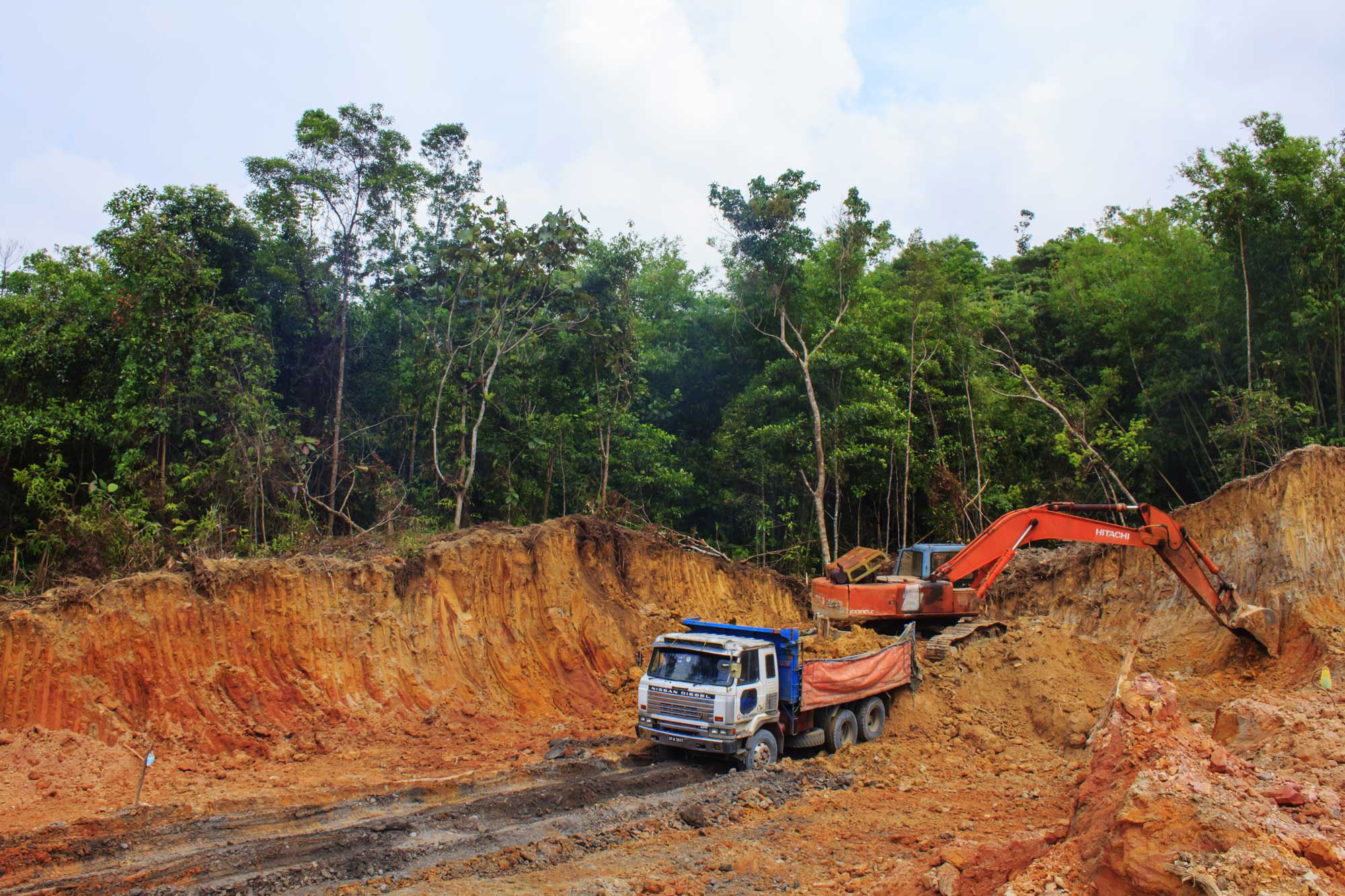The International Land Coalition (ILC) defines land grabs as: Acquisitions or concessions that are one or more of the following: (i) in violation of human rights, particularly the equal rights of women; (ii) not based on free, prior and informed consent of the affected land-users; (iii) not based on a thorough assessment, or are in disregard of social, economic and environmental impacts, including the way they are gendered; (iv) not based on transparent contracts that specify clear and binding commitments about activities, employment and benefits sharing, and; (v) not based on effective democratic planning, independent oversight and meaningful participation.
Food prices: A permanently increasing need for food
One significant consequence of the EU biofuels policy is that it causes an increase in food prices. The main cause of these price increases is not so much the type of crops biofuels are made from – whether those crops are edible or not. It has more to do with the previous use of the land where these crops are grown.
For example, when inedible crops such as switchgrass are grown on land previously used to grow edible crops, the result is less food is produced. Less food production means food scarcity. And when there’s scarcity, prices go up. It’s the law of supply and demand.
Another consequence of this change in prices is that it encourages farmers to plant more – causing ILUC emissions through deforestation.
As a result, we are left with a new market equilibrium where more land is used and food costs more.
This isn’t just theory; these changes can already be felt today. For example, 65% of Europe’s home-grown rapeseed is currently used for the production of biodiesel. As demand for biodiesel in Europe increases, we need to import more and more vegetable oil – which often means palm oil. This in turn encourages the clearing of rainforest to make room for the planting of palm seeds.
Besides leading to more imports of vegetable oil, this has also triggered price increases. According to an Oxfam study, by 2020 Europe’s biofuels policy will result in 16% higher prices for plant oils, 10% higher prices for oilseeds and an estimated 2.6% average increase in global crop prices.These substantial increases are caused by the implementation of just one policy in just one region, the EU. Think of the much greater consequences when the effects of similar policies in countries such as the US are factored in.
Food price increases affect consumers around the world, but their impact is higher on people in developing countries, who spend a greater share of their income on food.
Biofuels add pressure on volatile food prices
Moreover, as biofuels mandates are inflexible – not reacting to market developments – they increase the volatility of food prices. When, for example, food production is lower due to bad weather, biofuels mandates still cause a fixed amount of production to go towards energy production. As a result of this inflexibility, the policy increases price volatility in foodstuff.





